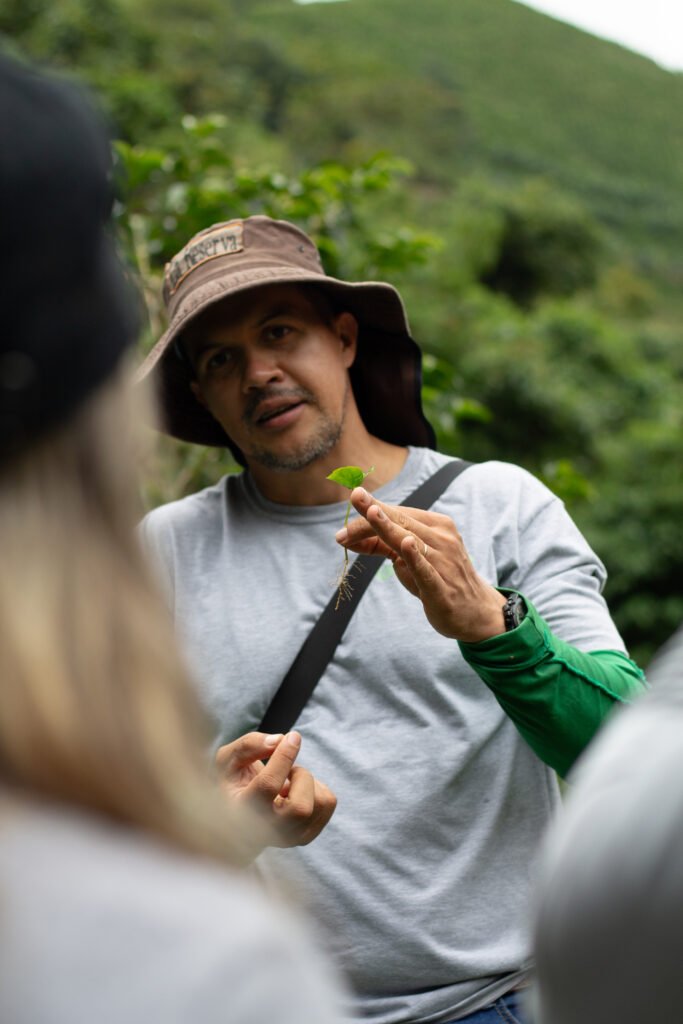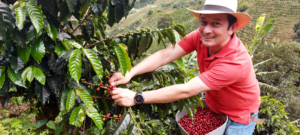Since 2023, there has been a significant increase in temperature, as indicated by IDEAM studies. Temperatures exceeding +0.5°C in the ocean have been recorded, and it is projected that there could be a further increase of 2.5°C in the air. The lattest information was published in the Agrometeorological Coffee Bulletin by Cenicafé. This climatic change is largely attributed to the El Niño phenomenon, which involves variations in temperature, primarily in the central and eastern Pacific Ocean, impacting overall climate perception.
“According to the latest update from the World Meteorological Organization (WMO), the current El Niño phenomenon is expected to last at least until April 2024, influencing meteorological patterns and contributing to a further rise in temperatures on both land and in the ocean.”
In Colombia, specifically, the National Fire Department has reported around 500 wildfires just in the 4 first week of this year. The impact has drawn attention of everyone, even in the main cities were happening spontanious wildfires appeased by international help. Even before the onset of the El Niño season, farmers from various sectors are organizing to prevent its impact. Organizations such as the Coffee Growers Federation, Cenicafé, and others are publishing bulletins with recommendations, primarily addressing risks that may arise from this situation.
We spoke with our farm manager about how we prepare and protect coffee plantations and our coffee growers as well. According to records, temperatures in Ciudad Bolívar, Antioquia, can range between 26°C and 38°C, with a certain degree of humidity. At the soils, this signals an alert to increase monitoring and pest control, indicating the activation of protocols, as mentioned by Sergio Álvarez.

We are focused on caring for our soils. Within our regenerative agriculture plan, we advocate not using glyphosate, allowing us to maintain live coverage and thereby preserve moisture and ideal soil conditions.
Despite the current climatic situation, the temperature increase (to a certain extent) can also represent optimal conditions for maturation and harvesting, presenting a more positive scenario than previously mentioned.
It is also essential to mention the importance of protecting harvesters and field workers, with constant hydration and sun protection, covering both head and body. Additionally, staying alert to possible heatstrokes or dehydration is recommended.
Sources: Cenicafé | La Patria | Federación Colombiana de Cafereros | ONU




